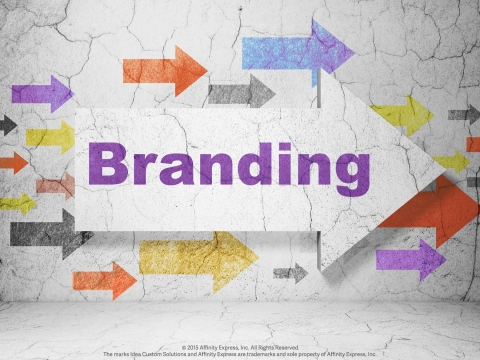Ever since we were children, Americans have gotten to know brands. Regardless of what generation you fit into — whether you are part of the now much-targeted millennials or a member of Generation X, Gen Y or Baby Boomers — you came to know brands from the television, radio and print ads that are ubiquitous to American life.
Breakfast cereals, computers and soft drinks have all made their mark through hundreds of millions of dollars in advertising each year so that every American can conjure up brands in their head. As a result you can probably remember the logo or tagline of Frosted Flakes, Apple Computer or Coca-Cola, often within a split second.

But branding is changing, thanks in part to technology and social media. Now instead of simply bombarding the public with advertisements on TV and radio, print and billboards, major brands from KFC to Shake Shack are using social media in different ways to interact with new customers and build loyalty.
For certain, advertising for many of the biggest brands will not go away or diminish one bit. But they have to adapt to changing consumers’ tastes.
According to the Chicago Tribune, Bud Light is among the most served beers in the United States, and it is also the best seller. Yet that hasn’t stopped beer lovers from seeking out craft beer from smaller brewers, especially locally-produced delights and trendy farm-to-glass beer, as some are calling it. With the right messaging and marketing efforts both companies large and small can succeed in building their customer base and brand loyalty.
But with all of the different directions companies can take with marketing and sales efforts today, one might ask: what is a brand?
Strange as it may be, the term “brand” actually refers to the act of ranchers using a hot iron tool to “brand” their mark onto the flesh of their cattle. But in the last two centuries the words “brand” and “branding” have evolved.
Four years ago one contributor to Forbes Magazine, Jerry McLaughlin, asked the question: “What is a Brand Anyway?” In response, McLaughlin stated, “Put simply, your ‘brand’ is what your prospect thinks of when he or she hears your brand name.”
Furthermore, he said, companies must work to shape exactly what their customers or would-be customers think about the brands. For example, “natural and organic food retailer Whole Foods Market has been struggling for years to shed the moniker “Whole Paycheck,” McLaughlin points out.
But what else is a brand? Is it a logo and a color scheme? Or should it be a tagline or some favorable words that your customers can associate with your company, product or service? The answer: it depends.
Brands aren’t just something important for big corporate conglomerates. Small- and medium-sized businesses can and should develop their brands too. So, for SMBs it is as important to identify who your audience is and what your company can offer them.
As Lisa Barone at Small Business Trends once wrote, SMBs should consider both their ideal customers and their competition. In understanding your audience and how to reach them ask the following:
Who is your ideal customer? What do they look like? And also, what are their needs relative to the money they can spend on your product or service?
Likewise, when it comes to evaluating the competition, Barone states that every SMB should consider how those companies in your market are gaining customers (and keeping them) along with what opportunities they are ignoring.
Once you have thought through what kind of people make up the market you are trying to serve, along with what they want, need, and value, the rest is downhill. With this kind of focus and direction, coming up with the website, logo and messaging points aimed at customers will enable you to project the brand you want.
Look to experts like Idea Custom Solutions to boost your brand with the best quality, fastest and most reliable graphic design services that money can buy.

Add new comment